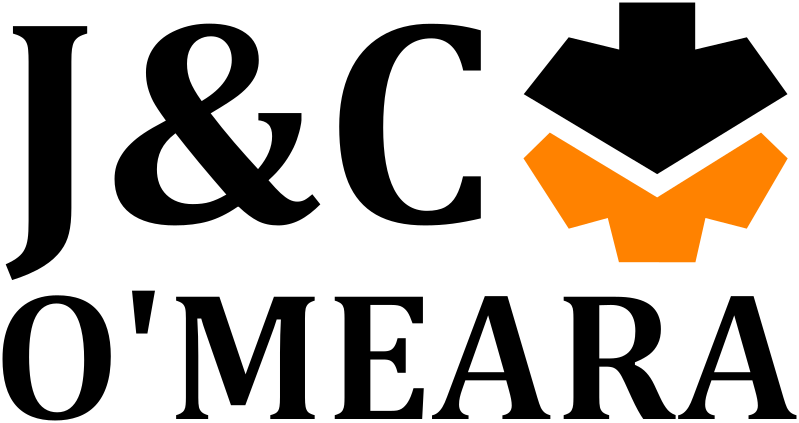How to Choose the Right Veneer Press for Your Workshop
- John Shepperd

- May 13
- 3 min read

Introduction
Investing in a veneer press is a major decision for any woodworking business. The right machine can boost production capabilities and ensure top-notch quality, while the wrong one may hinder your workflow. How do you go about selecting a veneer press that suits your workshop’s needs? This guide breaks down key considerations – from press types to practical factors – to help you make an informed choice.
Consider Your Veneering Requirements
Start by evaluating what you need from a veneer press:
Size of Workpieces & Volume: What is the largest panel or component you will veneer, and how many do you produce? If you handle large boards or many pieces, you'll need a press with sufficient bed dimensions or vacuum bag capacity. High-volume production might even require pressing multiple sheets at once (such as a multi-daylight veneer press for stacking panels).
Shape Complexity: Are your products mostly flat, or do they include curved shapes? For flat panels, a hydraulic press with solid platens works well. If you often veneer curved surfaces or intricate designs, a vacuum press (or membrane press) is better suited to apply even pressure on all contours.
Understanding your typical project sizes and shapes will narrow down the suitable press types.
Types of Veneer Presses
Consider the main categories of veneer presses:
Hydraulic (Platen) Press: Uses powerful hydraulic rams to press veneer between flat platens. Ideal for large, flat panels and high-pressure bonding. Many hydraulic presses (like the Kocayusuf hot-platens from J&C O'Meara) have adjustable pressure and heated platens, which are great for commercial production with heat-activated glues.
Vacuum Veneer Press: Utilizes a vacuum bag or chamber to create uniform pressure over the workpiece. This type is very versatile – excellent for curved or delicate work. For example, the Kocayusuf MP3 Automatic Pin Membrane Press we supply combines vacuum technology with an automatic pin system to simplify setup. Vacuum presses require minimal manual clamping and are well-suited for custom or low-volume production where flexibility is key.
Multi-Daylight Press: A multi-daylight veneer press has multiple levels (press plates) so you can cure several veneered panels in one cycle. This significantly increases throughput for factories that need volume. Our Kocayusuf multi-daylight models allow pressing of multiple boards simultaneously with even heat and pressure on each level.
(There are also specialised machines for niche tasks – for instance, automated door presses for fire door manufacturing – but most businesses will focus on the main types above.)
Key Factors When Choosing a Press
Beyond matching press type to your work, keep these factors in mind:
Capacity & Footprint: Ensure the machine’s dimensions can accommodate your largest jobs. Check that your workshop has the space and necessary utilities (power, compressed air if needed) to install and operate it. It can be wise to choose a press slightly larger than your current projects to allow for growth or occasional oversized work.
Pressure and Heating: Determine if you need high pressure or heat in the veneering process. Vacuum presses provide about 0.8 bar of pressure (plenty for most veneers), whereas hydraulic presses can exert much higher force for demanding laminations. If you use adhesives that cure with heat or you want faster press cycles, a model with heated platens will be advantageous.
Automation & Features: Features like automatic pressing cycles, digital controls, or advanced clamping systems (e.g. the automatic pin lifting in membrane presses) can save labour and improve consistency. High-volume operations may also benefit from material handling options or semi-automation that speeds up loading and unloading of panels.
Budget and Support: Finally, consider your budget and the supplier’s support. You might opt for a brand-new machine or a quality used veneer press. J&C O'Meara can provide both, ensuring even pre-owned presses are fully serviced and reliable. Equally important is after-sales service – a reputable supplier will offer training, maintenance, and readily available spare parts. Buying from an experienced dealer like J&C O'Meara gives you peace of mind and long-term support.
Conclusion
Choosing the right veneer press comes down to aligning a machine’s capabilities with your production needs. By considering the types of presses and key factors outlined above, you can invest confidently in the equipment you need. Ultimately, the goal is to enhance workflow, product quality, and output with a press that fits your niche.
If you need further guidance on selecting a veneer press, J&C O'Meara is here to assist. With decades of expertise in woodworking machinery, our experts can recommend the ideal solution for your workshop. Explore our range of veneer presses or contact our team for personalised advice. With the right veneer press in place, you'll achieve professional results with every sheet of veneer, boosting both your output and your reputation in the industry.


